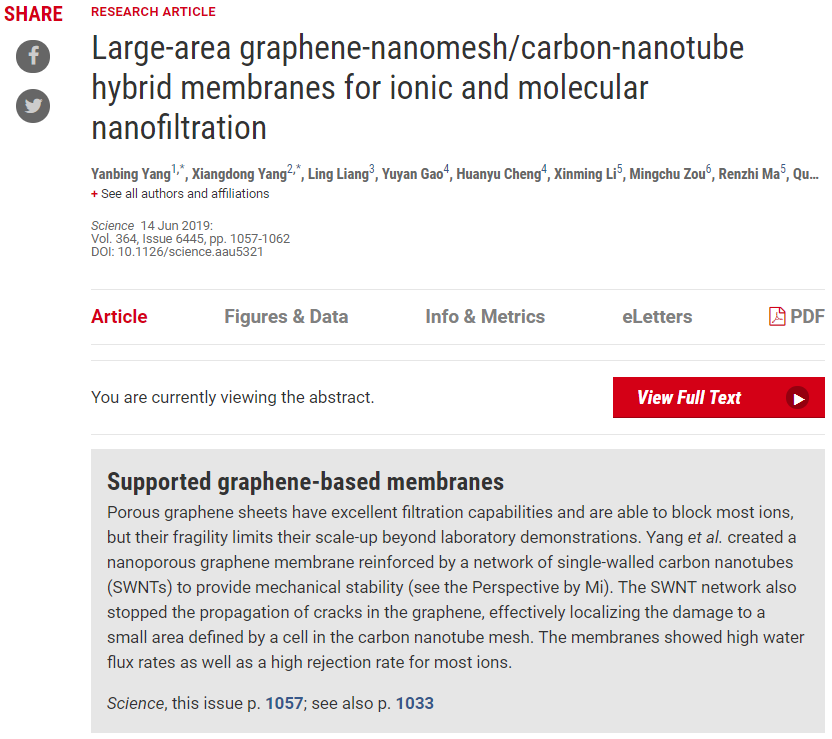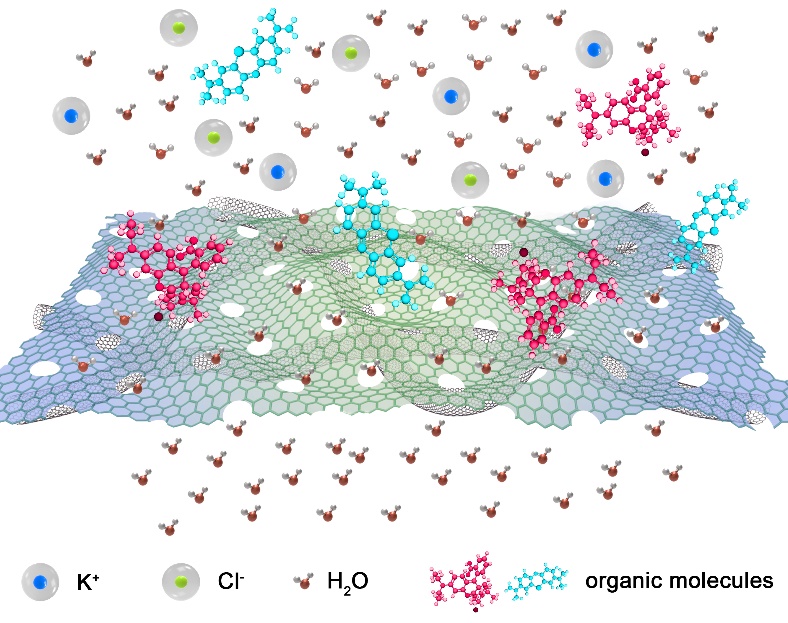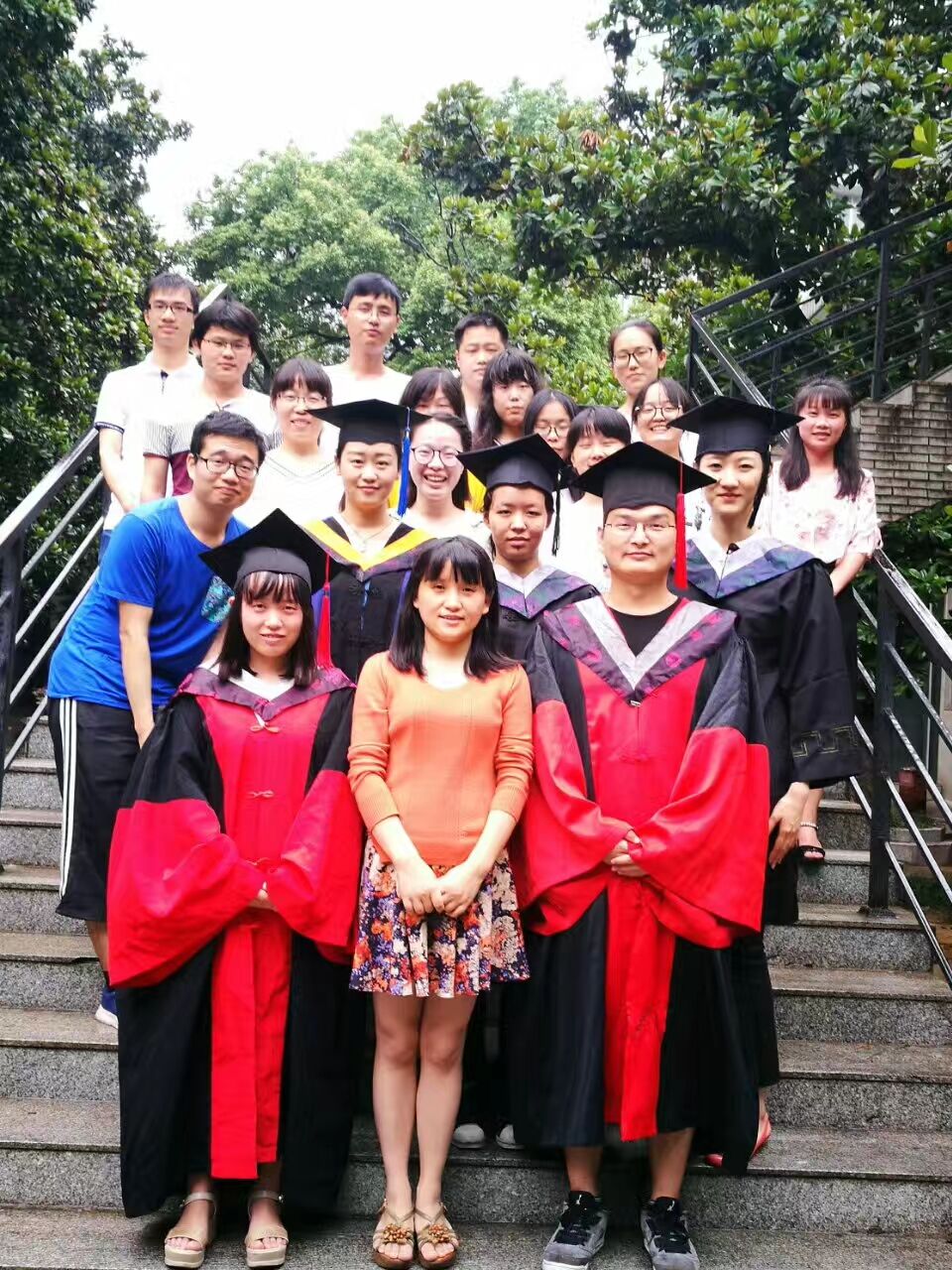The scientific online journal Science reported the recent nanoporous filtration membranes research results of Wuhan University.
The title of this paper is “Large-area graphene-nanomesh/carbon-nanotube hybrid membranes for ionic and molecular nanofiltration”. The doctoral student Yanbing Yang and the graduate student Xiangdong Yang of Wuhan University are co-first authors. Prof. Quan Yuan from Wuhan University and Prof. Xiangfeng Duan from UCLA are corresponding authors.

Nanoporous two-dimensional (2D) materials of single- or few-atom thickness have been considered as the ideal building blocks for constructing high efficiency ultrathin separation membranes. However, the applications of ultrathin 2D membranes for practical separation applications remain rather elusive because of the challenges in reliably producing large-area nanoporous 2D membranes of sufficient mechanical strength and effectively inclusion of high density, uniformly distributed subnanopores for selectively separation.
This work first reported a large-area graphene-nanomesh/single-walled carbon nanotube (GNM/SWNT) hybrid membrane with excellent mechanical strength while fully capturing the merit of atomically thin membranes. The GNM/SWNT membranes show high water permeability and high rejection ratio for salt ions or organic molecules, and they exhibit excellent anti-biofouling performance. This research work overcomes the intrinsic limitations of 2D materials in practical separation applications. This work not only represents a critical step for promoting 2D materials to practical separation applications, but also represents a milestone in the development of carbon nanomaterials-based membranes.

This work was supported by the National Key Research and Development Program of China (2017YFA0208000), the National Natural Science Foundation of China (21675120), and the Ten Thousand Talents Program for Young Talents.

Article link: https://science.sciencemag.org/content/364/6445/1057?tdsourcetag=s_pctim_aiomsg
